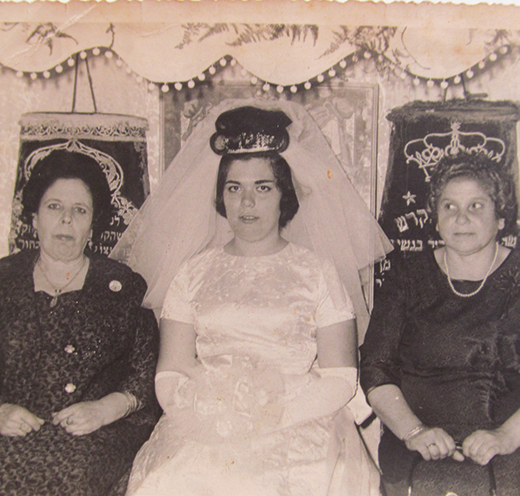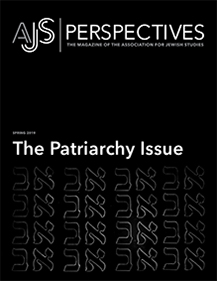When my Hebrew skills became good enough to understand what medieval Hebrew mystical poems said, I couldn’t stop connecting their themes with Sephardic Judeo-Spanish women’s songs. However, when, in the fall of 1999, I mentioned this to an eminent Israeli woman scholar, she immediately and categorically said it was impossible. Sephardic women were illiterate and didn’t go to synagogue. There was no way that they could be evoking Hebrew mystical poetry in their vernacular-language songs. End of discussion.
This older, established woman scholar couldn’t see through her patriarchal, hierarchy-trained scholarship. I felt it in my bones that what the academy had told her was actually contradicting what the texts were saying clearly before our eyes.

It’s no secret that the study of Sephardic music as a source of religious connection focuses exclusively on men’s liturgical output. Men’s outwardly religious repertoire has taken precedence over women’s private repertoire, which has been sung for centuries. To conclude that women’s songs are simply secular traces from the surrounding cultures is ignoring the manner in which Sephardic women interact with their own perceptions of religious expression. When one keeps in mind how people, families, and communities actually transmit information and beliefs, it is evident that men’s and women’s repertoires were most certainly in conversation.
It took ten years of in-depth fieldwork in Morocco’s Jewish community for me to untangle the inherent intertwining of the mystical essence of women’s Judeo-Spanish repertoire. Women’s songs, albeit never explicitly using their Jewishness as an identifying banner, are the linchpin of this whole community’s Jewish survival. They sing of God, of fertility, of the woman as the ‘eẓ ḥayim, and of the continuity of the Jewish people. The soul, the dove, the people of Israel are all present in the texts and most importantly in the way their listeners hear the veiled meanings behind what is explicitly said. When I asked ninety-two-year-old Henri B. of Tangier if his mother’s songs were more Spanish or more Jewish he looked at me aghast at the mere hint that his mother would have even entertained a non-Jewish thought. Her songs, these ancient songs, were absolutely and most certainly the most Jewish repertoire, our repertoire, lo nuestro.
The fact that Western and Eastern Sephardic women’s repertoire in the vernacular teaches morality through ancient royal characters from Spain has been repeatedly studied by Hispanists in the last century as exposing traces of Spanish literature frozen in time through the voices of women. The focus on the Spanish language and history of the texts did not even consider the possibility that women could be singing repertoire that expressed their religious beliefs or cultural belonging in their current communal situation in North Africa or the Ottoman Empire. My research has established this seamless function of camouflaged integration. Women’s repertoire ensures their group’s taharah, the ritual purity of their lineages. The songs ensure the continuity of local Judaism by celebrating sanctioned fertility and curtailing women’s uncontrolled sexuality.
The patriarchal structures that have shaped the study of music can be challenged by reassessing the internal function of repertoire in the vernacular. This assessment then becomes the starting point for an overdue reevaluation of musical repertoire performed by Jews and its full relationship to their negotiations of religious affiliation, gender, power, identity, and transmission.

